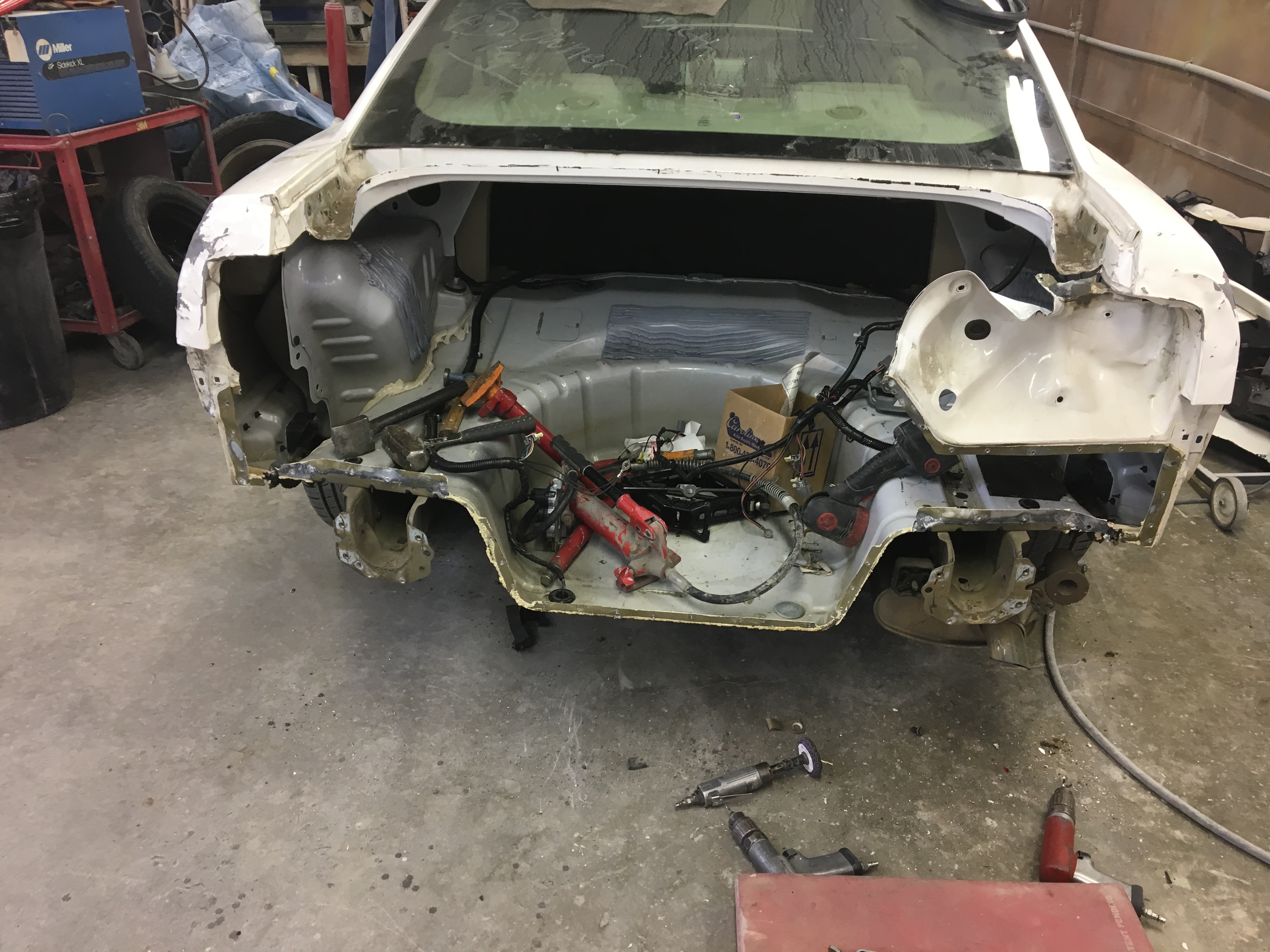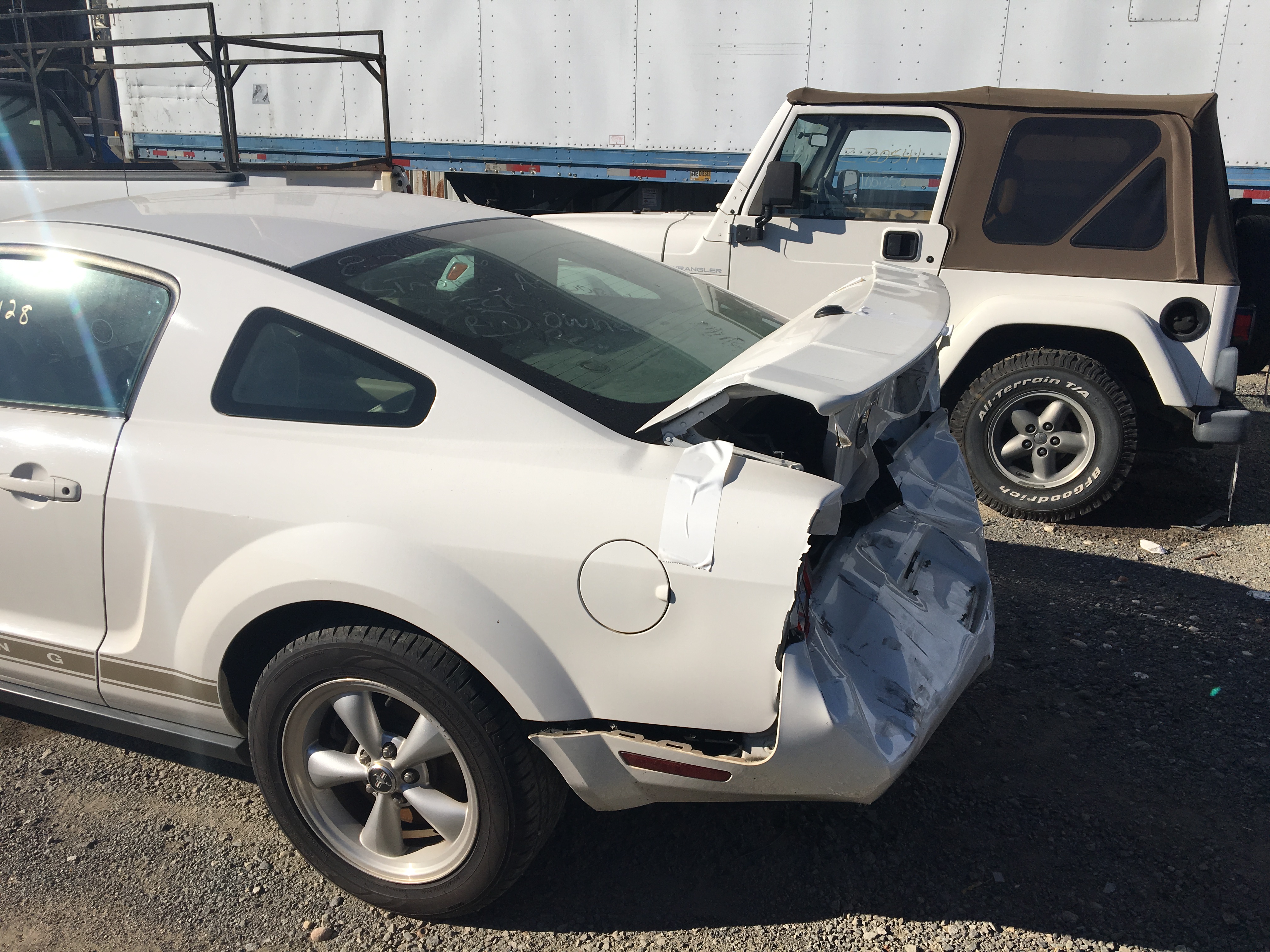State Farm collision coverage plays a vital role in protecting drivers from unexpected financial burdens caused by car accidents. Whether you're involved in a minor fender bender or a severe collision, having the right insurance coverage can make all the difference. This guide will help you understand the nuances of collision coverage and how it can safeguard your financial future.
As one of the largest insurance providers in the United States, State Farm offers a wide range of insurance products designed to meet the needs of drivers. Collision coverage is an essential component of auto insurance that provides financial protection when your vehicle is damaged in an accident.
With rising repair costs and the increasing value of vehicles, understanding collision coverage is more important than ever. This article will delve into the details of State Farm collision coverage, helping you make informed decisions about your insurance needs.
Read also:Unlocking The Secrets Of Archivebate A Comprehensive Guide
Table of Contents
- Biography of State Farm
- What is State Farm Collision Coverage?
- Benefits of Collision Coverage
- Cost of Collision Coverage
- Factors Affecting State Farm Collision Coverage
- The State Farm Collision Coverage Claim Process
- Common Questions About Collision Coverage
- Alternatives to State Farm Collision Coverage
- Tips for Choosing the Right Collision Coverage
- Conclusion
Biography of State Farm
State Farm was founded in 1922 by George J. Mecherle, a retired actuary who sought to provide affordable insurance options for drivers. Over the decades, State Farm has grown into one of the largest insurance providers in the United States, offering a variety of products, including auto, home, life, and health insurance.
Key Facts About State Farm:
| Founder | George J. Mecherle |
|---|---|
| Year Founded | 1922 |
| Headquarters | Bloomington, Illinois |
| Revenue (2022) | $88.7 billion |
| Employees | More than 70,000 |
What is State Farm Collision Coverage?
State Farm collision coverage is an optional insurance policy that pays for the repair or replacement of your vehicle if it's damaged in a collision with another vehicle or object. Unlike liability coverage, which protects others involved in an accident, collision coverage focuses on your own vehicle.
How Does It Work?
When you purchase collision coverage, you agree to pay a deductible amount in the event of an accident. State Farm will then cover the remaining costs, up to the actual cash value (ACV) of your vehicle. This coverage is particularly important for newer vehicles, as repairs can be costly.
Eligibility Requirements
- Collision coverage is available for vehicles that are less than 10 years old in most cases.
- It can be added to any State Farm auto insurance policy.
- Drivers must meet State Farm's eligibility criteria, which may include a clean driving record.
Benefits of Collision Coverage
State Farm collision coverage offers several advantages that make it a valuable addition to your insurance policy:
- Financial Protection: Covers repair or replacement costs after an accident.
- Peace of Mind: Reduces stress and uncertainty about unexpected expenses.
- Customizable Options: Allows you to choose a deductible that fits your budget.
Key Features
State Farm collision coverage includes features such as:
Read also:West Baden Indiana Hotel A Historic And Luxurious Escape
- Coverage for damage caused by collisions with animals.
- Protections for rental cars while your vehicle is being repaired.
- Access to a network of trusted repair shops.
Cost of Collision Coverage
The cost of State Farm collision coverage varies depending on several factors, including:
- Vehicle type and age.
- Deductible amount.
- Driving history.
- Location.
Average Premiums
According to data from the Insurance Information Institute, the average cost of collision coverage is approximately $300 per year. However, this can range from $100 to $500 annually, depending on the factors mentioned above.
Factors Affecting State Farm Collision Coverage
Vehicle Age and Value
Newer vehicles with higher values typically have higher collision coverage premiums. Conversely, older vehicles may not justify the cost of collision coverage due to lower repair values.
Driving Record
Drivers with clean records are often rewarded with lower premiums. Accidents, traffic violations, and claims history can significantly impact your rates.
Location
Where you live also affects your collision coverage costs. Urban areas with higher accident rates tend to have more expensive premiums.
The State Farm Collision Coverage Claim Process
Filing a claim for collision coverage is straightforward with State Farm. Here's how it works:
- Contact State Farm immediately after an accident to report the incident.
- Provide details about the accident, including photos and witness statements if available.
- A claims adjuster will assess the damage and determine the repair costs.
- Once approved, State Farm will pay for repairs minus your deductible.
Tips for a Smooth Claim Process
- Keep detailed records of all communication with State Farm.
- Document all repairs and expenses related to the accident.
- Follow up with State Farm regularly to ensure your claim is progressing.
Common Questions About Collision Coverage
Does Collision Coverage Pay for Other Drivers' Repairs?
No, collision coverage only pays for repairs to your vehicle. Liability coverage is required to cover damages to other vehicles or property.
What Happens if My Car Is Totaled?
If your vehicle is totaled, State Farm will pay you the actual cash value (ACV) of the car minus your deductible. ACV is calculated based on the vehicle's age, condition, and market value.
Can I Drop Collision Coverage?
Yes, you can drop collision coverage if your vehicle is older and the cost of coverage outweighs its value. However, check with your lender first, as they may require collision coverage as part of your financing agreement.
Alternatives to State Farm Collision Coverage
While State Farm offers excellent collision coverage, other insurance providers also provide competitive options. Some popular alternatives include:
- Allstate: Known for its comprehensive coverage options and customer service.
- Geico: Offers affordable rates and discounts for bundling policies.
- Progressive: Provides customizable coverage plans and innovative features like Snapshot.
Why Choose State Farm?
State Farm stands out due to its extensive network of agents, competitive pricing, and commitment to customer satisfaction. Additionally, State Farm offers discounts for safe driving, bundling policies, and being a loyal customer.
Tips for Choosing the Right Collision Coverage
Selecting the right collision coverage involves evaluating your needs and financial situation. Consider the following tips:
- Assess the value of your vehicle and determine if collision coverage is worthwhile.
- Choose a deductible that aligns with your budget and risk tolerance.
- Compare quotes from multiple providers to ensure you're getting the best rate.
- Review your policy regularly to ensure it meets your changing needs.
Maximizing Your Coverage
To get the most out of your collision coverage, maintain a clean driving record, take advantage of available discounts, and stay informed about policy updates.
Conclusion
State Farm collision coverage is a valuable tool for protecting your vehicle and financial future. By understanding the nuances of collision coverage and choosing the right policy, you can enjoy peace of mind on the road. Remember to evaluate your needs, compare options, and stay proactive in managing your insurance policy.
Call to Action: If you found this guide helpful, please share it with others who may benefit. Additionally, consider exploring other State Farm products or contacting a local agent for personalized advice. Your feedback and engagement help us improve our content and serve you better.
For more information, visit trusted resources like the Insurance Information Institute or the State Farm website.

